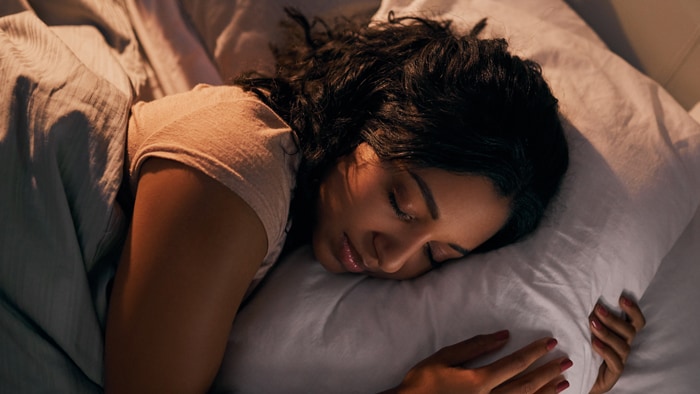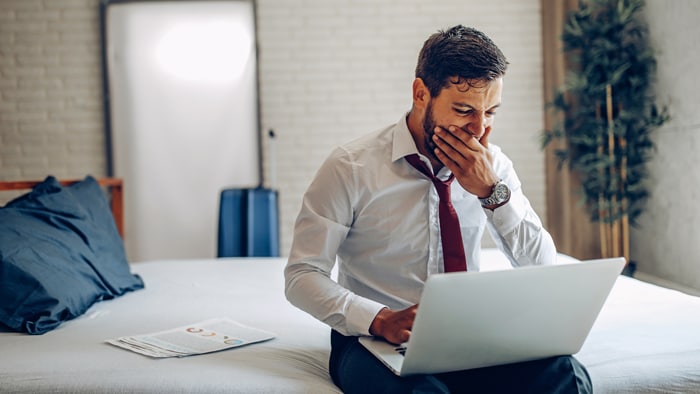Sleep apnea: moving beyond the diagnosis
By Jennifer Nelson After months or even years of not sleeping well and being tired and irritable in the morning, you’ve been diagnosed with sleep apnea, a potentially serious sleep disorder in which a person repeatedly stops and starts breathing during sleep. So now what? The good news is sleep apnea is treatable, and with the help of a CPAP machine and some lifestyle changes, you could be enjoying a full night’s sleep in no time. More than 22 million Americans have sleep apnea. “Less than 10 percent are diagnosed and being treated,” said Dr. Johnathan Greenburg, a snoring and sleep apnea expert. “Snoring and being overweight are two very strong indicators of the possibility of having obstructive sleep apnea (OSA).” The most accurate way to diagnose sleep apnea is through a polysomnogram, or sleep study, either in a lab or at home, according to WebMD. If you’re diagnosed with sleep apnea, your doctor will recommend a treatment program that will likely include the use of a CPAP (continuous positive airway pressure) machine, which incorporates a mask worn over the nose or nose and mouth to force continuous air flow during sleep. CPAP machines prevent users from waking repeatedly during the night and achieve deeper sleep cycles, helping them feel more rested during the day. “Patients need to know that not every treatment works for every patient and that treatment for obstructive sleep apnea is multifactorial as is the condition, and that more than one treatment may be necessary synergistically to obtain documented therapeutic results,” said Dr. Claudia Camelia Cotca, DDS, MPH, at the Washington Institute for Dentistry & Laser Surgery. When used nightly however, treatment of OSA with a CPAP machine offers benefits beyond a good night’s sleep, including decreased risk of heart attack and stroke, lower blood pressure, more energy and attentiveness during the day and overall improved quality of life. While the CPAP is the most effective method of reducing or even eliminating the symptoms of sleep apnea, and the gold standard of choice, other treatments can be used in conjunction with or instead of a CPAP machine. Cotca works closely with sleep medicine physicians to identify dental appliances that position the jaw to increase oxygen and help with airflow. Other treatments for sleep apnea that may be used in conjunction with the CPAP or dental appliances include surgery to the soft palate or uvula (the small, fleshy, conical tissue suspended from the center of the soft palate), medication and lifestyle changes including losing weight, and quitting smoking, according to the National Institutes of Health. Other positive steps you can take after a sleep apnea diagnosis:



